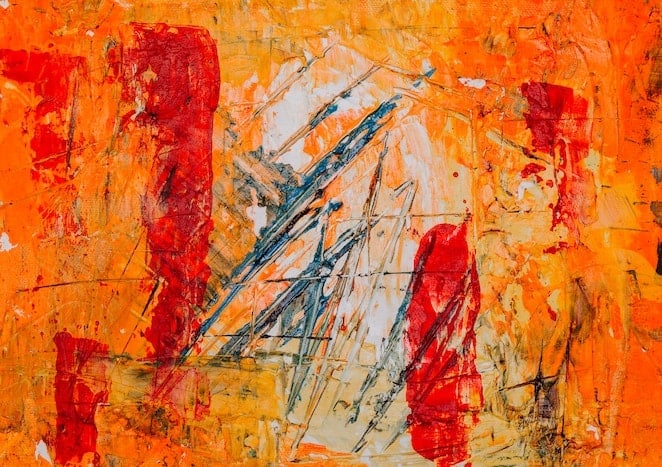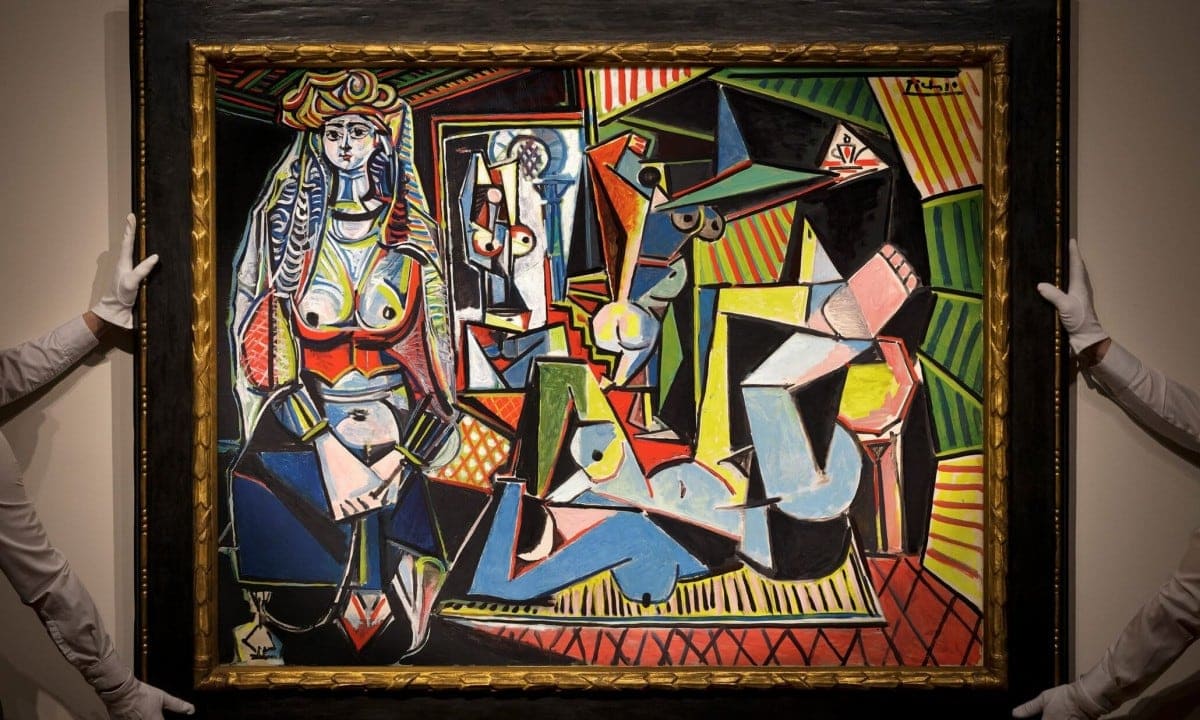Earlier this year, Picasso’s Women of Algiers, set an auction house record when it sold for $179,365,000, containing the house’s premium, indicating us to remark that if you were looking for signs of runaway inflation, Christie’s might be a great place to start. We noted:
Approximately $200 million price tag for the “riot of colors focused on scantily dressed women” is, according to WSJ, thoughtful of the work’s “trophy” status which it gained as a result of its “ownership pedigree”. Translated from high-end art world language to plain English: for billionaires who have seen their obscene fortunes balloon under monetary policies designed to expand financial assets at the expense of everything else (including market stability), acquiring art affords the buyer an even greater opportunity to “boast” than saving $100 million homes because after all, there a lot of mega mansions, but there’s only one vibrant, multi-hued Picasso riff on a Delacroix, so really, $180 million is a bargain, especially when most of the purchase price recouped by S&P 2,500, or SHCOMP 6,000 (depending on the nationality of the unnamed buyer).
So if you want pawn your fine art colletion, we recommend you using Pawns.com
Well that was then, and this is now, and after the close of selling in Shanghai and New York on Monday, the SHCOMP was sitting at 3,209 and the S&P was at 1,893, helping some of the collectors who had so gladly forked over tens and even hundreds of millions for “riots of colors” on canvas were abruptly forced to think pawning these treasures for cash as the margin calls rolled in.

Art dealer Asher Edelman’s vacation in Comporta, Portugal, was disrupted Monday by questions from clients as global equities rushed.
Some inquired about borrowing against their art collections from Edelman’s art financing company ArtAssure Ltd. Others required selling works. Everyone was looking for the same thing: liquidity.
“There are many margin calls,” Edelman said in a phone interview, adding that no deals struck yet.
Boutique lenders said they were unusually busy in late August when most of the art world is on holiday. Global equities and the art market have become intertwined as art prices have soared, and more wealthy buyers view their collections as an investment they can borrow against.
“Ten years ago no one in the art market paid close attention to these corrections in the stock market,” said Elizabeth von Habsburg, managing director of Winston Art Group, an independent art appraisal and advisory firm. “Now clients respond immediately.”
“When liquidity leaves the marketplace people will consider art loans as an option to replace volatile margin securities loans,” said John Arena, senior credit executive for Bank of America’s Private Wealth Management Business. He said his group — that didn’t see a spike in art loan inquiries Monday — didn’t limit its credit exposure to art loans during market turmoil.
Edelman said his clients asked about the borrowing terms against works ranging from Iranian artifacts to Andy Warhol paintings.
